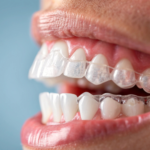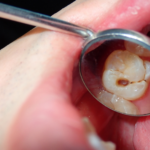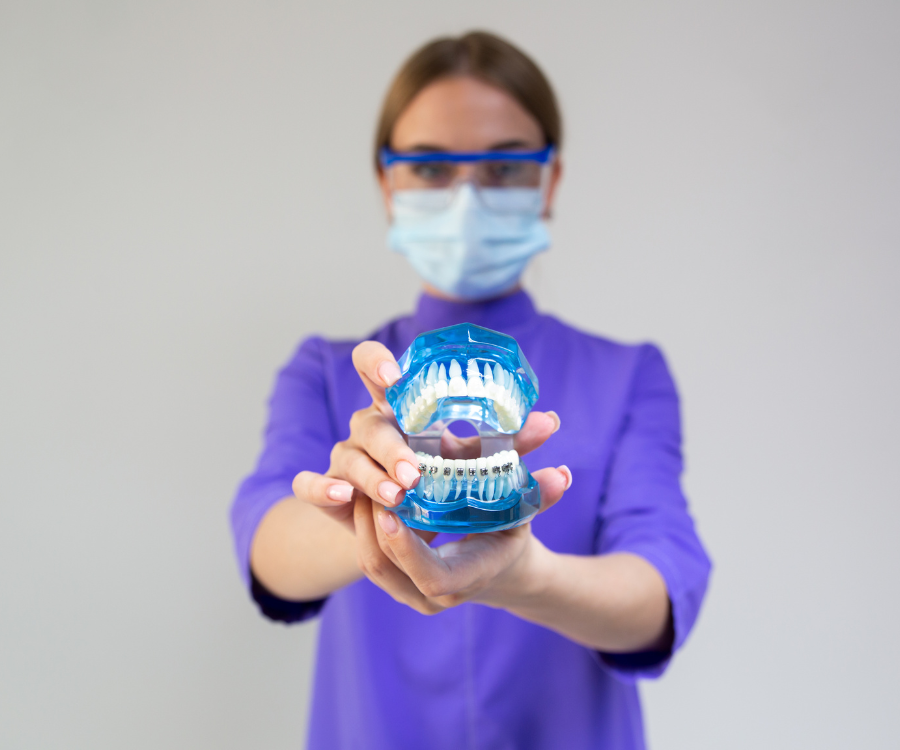Laser dentistry has revolutionized many dental procedures, offering a less invasive and often more comfortable experience for patients. But what exactly is laser dentistry, and how does it work? This post will break down the basics of this innovative technology.
What is Laser Dentistry?
Laser dentistry involves the use of lasers to perform a variety of dental procedures. “LASER” stands for Light Amplification by Stimulated Emission of Radiation. In dentistry, lasers deliver energy in the form of light, which can be used to:
- Cut or remove tissue: Lasers can precisely remove soft or hard tissue, such as in gum surgery or cavity removal.
- Vaporize tissue: The intense light can vaporize unwanted tissue, like in the treatment of gum disease.
- Activate substances: Lasers can activate certain substances, such as whitening agents in teeth whitening procedures.
How Does it Work?
Dental lasers work by emitting a narrow, focused beam of light energy. This light energy interacts with the target tissue in different ways depending on the type of laser and the procedure:
- Soft tissue lasers: These lasers are used for procedures involving the gums, cheeks, and other soft tissues. The light is absorbed by water and hemoglobin in the tissue, allowing for precise cutting, coagulation (blood clotting), and vaporization.
- Hard tissue lasers: These lasers are designed for use on teeth and bone. They work by targeting the mineral content of these tissues, allowing for precise removal of tooth decay or bone shaping.
Common Applications of Laser Dentistry
Laser dentistry is used in a wide range of procedures, including:
- Cavity detection and removal: Lasers can detect early signs of decay and precisely remove it, often reducing the need for drilling.
- Gum disease treatment: Lasers can remove bacteria and infected tissue from gum pockets, promoting healing and reducing inflammation.
- Gum reshaping: Lasers can reshape gum tissue to improve the appearance of a “gummy smile” or to prepare for restorative procedures.
- Biopsies and lesion removal: Lasers can be used to remove small tissue samples for biopsy or to remove benign lesions in the mouth.
- Teeth whitening: Lasers can activate whitening agents, accelerating the whitening process.
Benefits of Laser Dentistry
Compared to traditional dental tools, lasers offer several advantages:
- Increased precision: Lasers allow for highly precise treatment, minimizing damage to surrounding tissues.
- Reduced bleeding: The heat from the laser can help to clot blood, reducing bleeding during and after procedures.
- Less pain and discomfort: Many laser procedures are less painful than traditional methods, often reducing or eliminating the need for anesthesia.
- Faster healing: Laser treatment can promote faster healing and reduce the risk of infection.
- Reduced anxiety: The quieter operation of lasers compared to drills can help to reduce dental anxiety in some patients.
Is Laser Dentistry Right for You?
Laser dentistry is a valuable tool that can improve the patient experience and outcomes for many dental procedures. If you are interested in learning more about how laser dentistry could benefit you, talk to your dentist. They can assess your individual needs and determine if laser treatment is appropriate for you.
In conclusion, laser dentistry is a modern and effective approach to many dental treatments. By using the power of light, dentists can provide more precise, comfortable, and efficient care for their patients.








